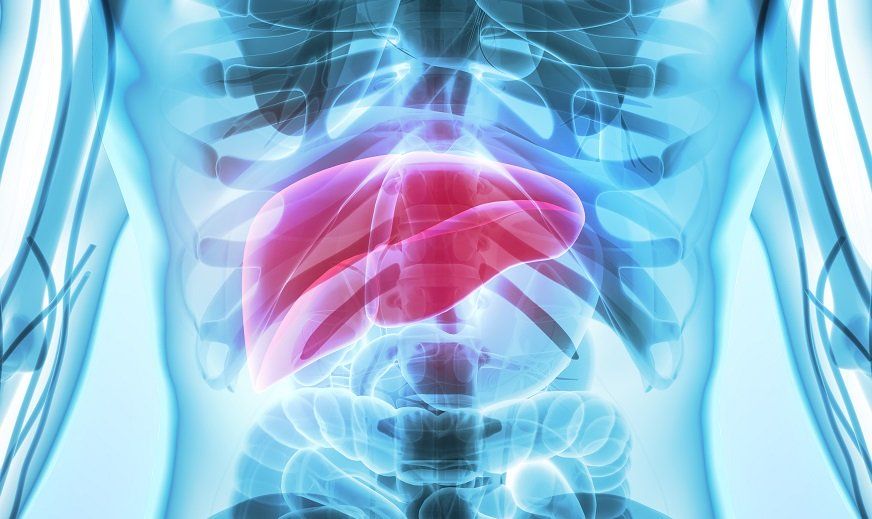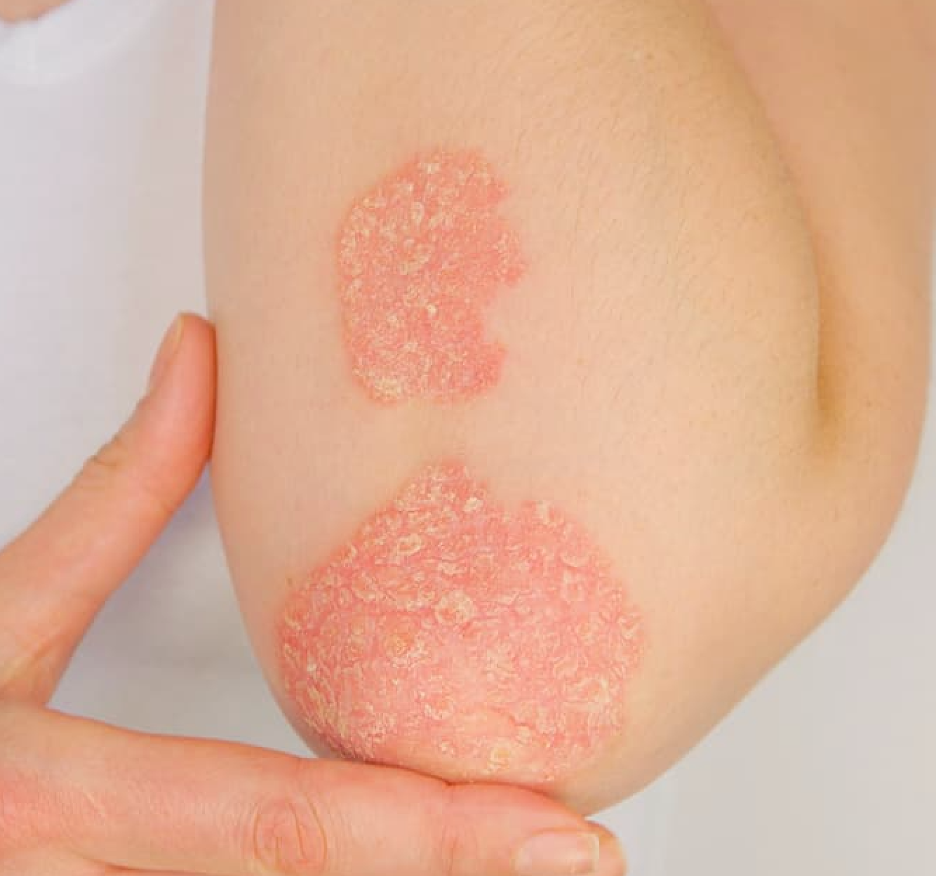News
Article
ATEV Meets Primary Endpoints in Phase 3 Trial for Arteriovenous Access in Hemodialysis
Author(s):
The acellular tissue engineered vessel met co-primary endpoints for function and patency at 6 and 12 months compared to autogenous fistula in patients on hemodialysis.
Laura Niklason, MD, PhD
Credit: Humacyte

Humacyte has announced positive topline results from the phase 3 V007 clinical trial of the acellular tissue engineered vessel (ATEV) in arteriovenous access for patients with end-stage renal disease.1
According to the July 31, 2024, press release, results showed ATEV demonstrated superior function and patency at 6 and 12 months, the study’s co-primary endpoints, compared to autogenous fistula, which is the current standard of care for hemodialysis patients.1
“We are thrilled to announce positive results for the Phase 3 V007 trial, which we believe highlight the potential of the ATEV to improve arteriovenous access in hemodialysis patients who are underserved by the current standard of care,” Laura Niklason, MD, PhD, chief executive officer of Humacyte, said in a press release.1 “We expect to discuss a potential market authorization pathway for the ATEV in hemodialysis access with the Food and Drug Administration soon. We also look forward to presenting more detailed results from the study, including subgroup analysis results, at upcoming medical conferences.”
Dialysis requires establishing a durable point of access to a patient’s circulatory system, and the current standard of care for establishing such access has significant risks and shortcomings – catheters have high rates of bloodstream infection, autogenous arteriovenous fistulas often fail to function, and many patients are not suitable candidates for arteriovenous fistula placement due to gender, small vessel anatomy, advanced age, obesity, or other comorbidities.1
A bioengineered human tissue, Humacyte’s ATEV is designed to be a universally implantable vascular conduit for use in vascular replacement and repair, and for use as hemodialysis access. According to the release, the ATEV is designed to be available off-the-shelf and ready whenever surgeons need it, potentially saving valuable operating room time and improving patient outcomes.1
On July 1, 2024, ATEV received its third Regenerative Medicine Advanced Therapy (RMAT) designation from the US Food and Drug Administration (FDA), adding peripheral artery disease to its previous designations for vascular trauma repair and arteriovenous access in hemodialysis.2
Previously referred to as “Human Acellular Vessel,” Humacyte has since changed the generic name of the bioengineered vessel candidate to “acellular tissue engineered vessel” (ATEV) based on guidance from the FDA. It is currently an investigational product and has not been approved for sale by the FDA or any other regulatory agency. Clinical trial data thus far suggests ATEV has a low rate of infection.1
A prospective, multicenter, randomized clinical study, V007 enrolled 242 patients on hemodialysis in the United States who were randomly assigned to receive either the ATEV or an arteriovenous fistula for hemodialysis access and are being followed for up to 24 months. The primary efficacy assessment compared functional patency (usability for hemodialysis access) at 6 months and secondary patency (blood flow through the conduit) at 12 months as co-primary endpoints.1
At 6 months, 81.3% of the patients implanted with the ATEV had functional patency compared to 66.4% of the patients receiving an AV fistula. At 12 months, 68.3% of the patients implanted with the ATEV had secondary patency, compared to 62.2% of the patients receiving an AV fistula. Of note, the joint test for superiority of the ATEV versus AV fistula at six and 12 months was statistically significant (P = .0071).1
Patients on ATEV also achieved a significantly longer duration of hemodialysis over the first 12 months, as compared to autogenous fistula (P = .0162). More adverse events were reported in patients on the ATEV treatment arm than those on the AV fistula treatment arm.1
According to the release, Humacute expects to discuss a potential market authorization pathway for the ATEV in hemodialysis access with the FDA and will present more detailed results from the study, including subgroup analysis results, at upcoming medical conferences.1
References
- Humacyte. Humacyte Acellular Tissue Engineered Vessel (ATEV™) Meets Primary Endpoints in V007 Phase 3 Clinical Trial in Arteriovenous Access for Hemodialysis. July 31, 2024. Accessed July 31, 2024. https://investors.humacyte.com/news-releases/news-release-details/humacyte-acellular-tissue-engineered-vessel-atevtm-meets-primary
- Humacyte. Humacyte Acellular Tissue Engineered Vessel (ATEV™) Receives FDA’s Regenerative Medicine Advanced Therapy (RMAT) Designation for Patients with Advanced Peripheral Artery Disease (PAD). July 1, 2024. Accessed July 31, 2024. https://investors.humacyte.com/news-releases/news-release-details/humacyte-acellular-tissue-engineered-vessel-atevtm-receives-fdas





